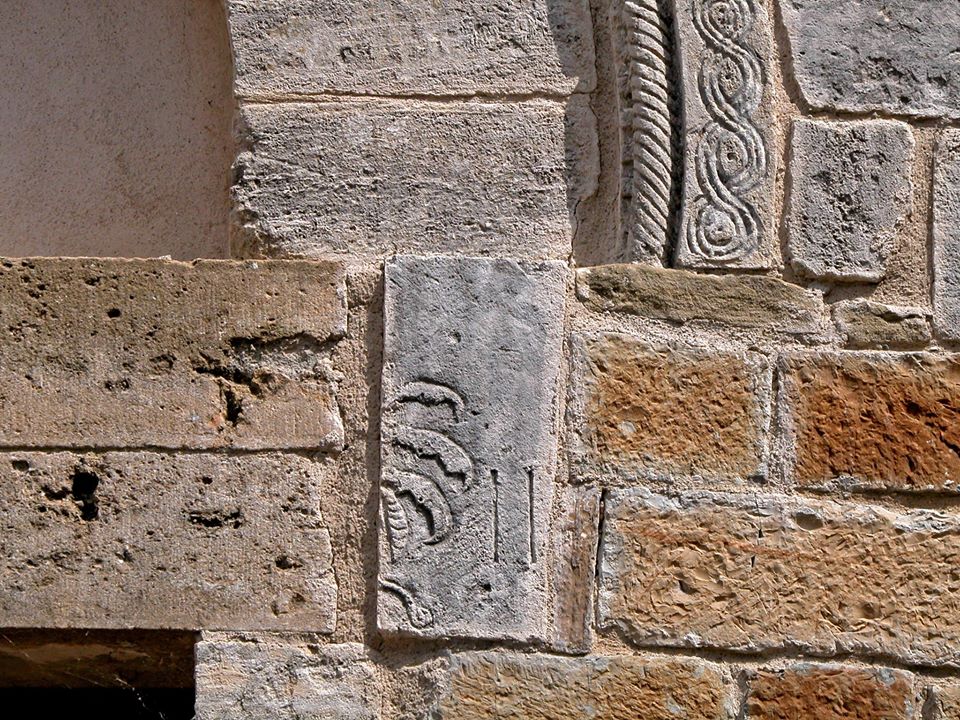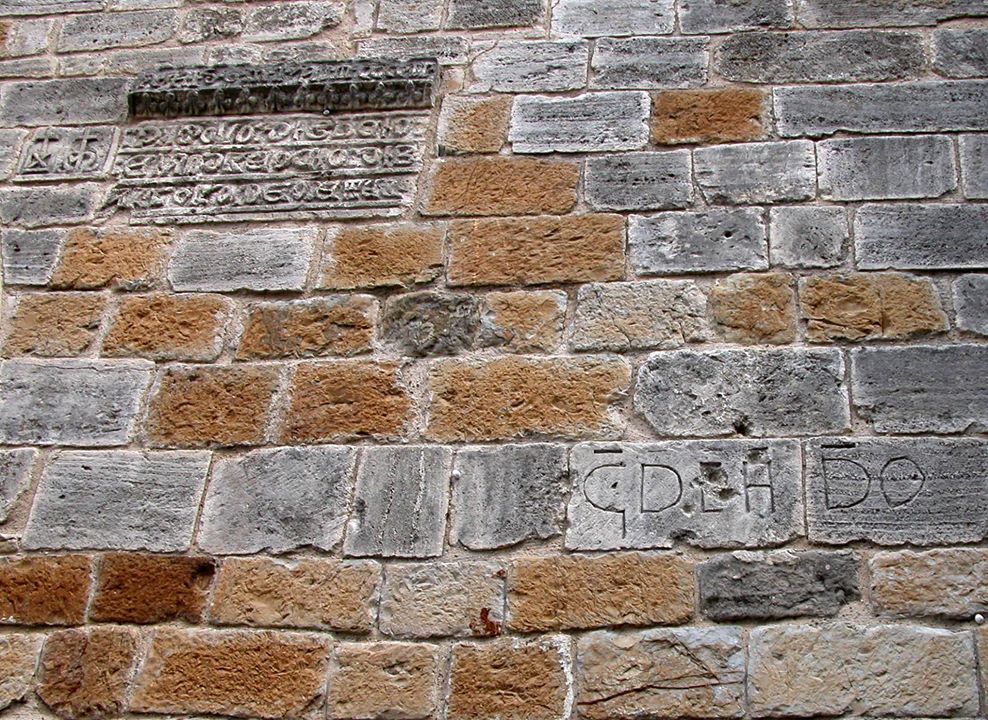Chiesa di Sant’Ottaviano in collina
What does the mysterious inscription on its facade tell us?
The Chiesa di Sant’Ottaviano in collina is another small, recently restored treasure.
It stands on the first burial site of Octavian, who came to Italy in the 6th century along with Saints Justus and Clement. The story goes that here where the oratory named after him now stands, he lived in the hollow of an elm tree. His body is preserved today in Volterra Cathedral.
On its facade, to the right of the front door is an epigraph that does not speak our language. It appears to be a text in onciale, an ancient capital script used mostly in manuscripts. One possible interpretation of the text is AN(N)I DOMINI MCCCCII PAVOLO DI GU(C)CIO AND ANDREOC(C)IO DI BARTOLOMEO ERES(SERO): in the year 1402 Paolo di Guccio and Andreoccio di Bartolomeo erected it.
If the Romanesque layout belies this date of construction, it is more plausible that the two were responsible for some restoration work. The name Andreoccio di Bartolomeo corresponds to that of an inlayer active in those same years in Volterra.
Whether he himself engraved the inscription?
Tourist information:


